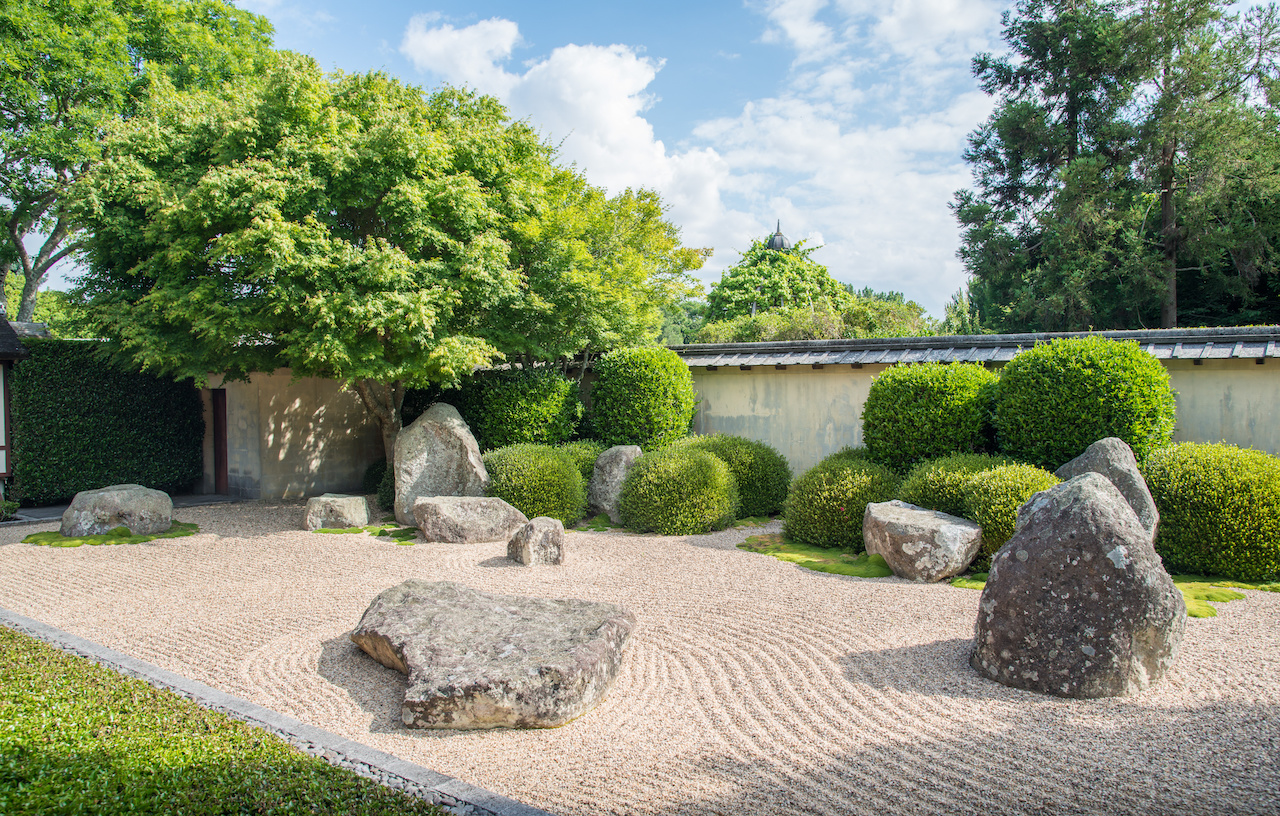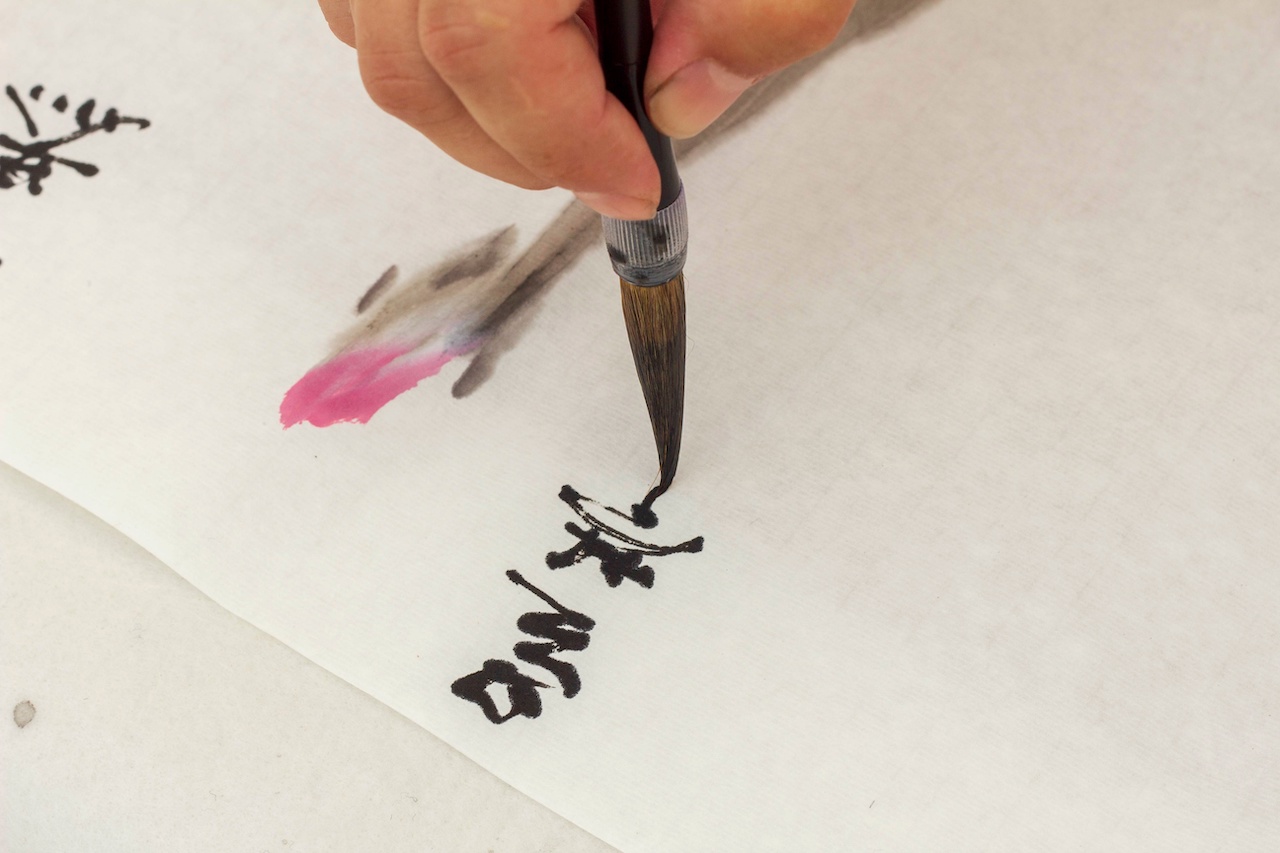It’s tempting to ascribe certain qualities to the fields of art, fashion, architecture, and design from different nations.
For instance, minimalism, zen and wabi-sabi are often the associations that come to mind when people think of Japanese creative design. We explore these common themes and their origins in Japanese culture.
What Is Minimalism?

Although interpretations can differ, a commonly held definition of Japanese minimalism is a design and lifestyle approach that emphasizes simplicity, functionality, and the elimination of unnecessary elements.
Rooted in traditional Japanese aesthetics and influenced by Zen Buddhism, Japanese minimalism can be seen as striving for a level of purity and harmony. This can be applied to several situations and settings, from one’s living space to public places of worship.
At its core, Japanese minimalism is about paring down and eliminating clutter, both physically and mentally. It is not simply about reduction, but also the careful placement of objects and features so they offer greater purpose and value.
Japanese Art and the Influence of Minimalism
Japanese art is a rich and diverse artistic tradition that has captivated people around the world for centuries.
From delicate ink paintings to intricately crafted ceramics and awe-inspiring woodblock prints, Japanese art reflects the country’s unique cultural heritage and profound connection with nature.
Minimalism in Japanese art refers to an approach that emphasizes simplicity, restraint, and the intentional use of negative space. We can see this influence various art and design forms like calligraphy, painting, architecture, and Zen gardens.
Key characteristics and concepts associated with minimalism in Japanese art include:
- Ma (Negative Space) — The concept of negative space or emptiness where the space between objects or elements is just as important as the objects themselves. Ma prioritizes contemplation, balance, and a sense of calmness in the composition.
- Wabi-Sabi — Wabi-sabi is a Japanese aesthetic philosophy that embraces imperfection, transience, and the beauty of the natural and unadorned. It appreciates the inherent beauty in things that are imperfect, asymmetrical, and aged.
- Zen Influence — Zen teachings emphasize mindfulness, simplicity, and the direct experience of reality. Minimalist artworks often aim to evoke a sense of tranquility and foster a meditative experience.
- Reduction and Essentialism — Minimalist Japanese art seeks to distill an artwork to its essential elements, removing any unnecessary or extraneous details. It focuses on capturing the essence or spirit of the subject matter through minimal means, allowing for a deeper connection and appreciation.
- Ink Wash Painting — Ink wash painting, also known as sumi-e, is a traditional Japanese painting technique that embodies minimalism. Using a brush and black ink, artists create monochromatic images with a limited number of brushstrokes to capture the essence of the subject through simplicity and economy of form.
- Ikebana (Flower Arrangement) — The art of Japanese flower arrangement follows minimalist principles, whereby curators arrange flowers and other natural elements in a simple, balanced, and harmonious manner. This is designed to highlight the beauty of each individual element and the negative space surrounding them.
- Zen Gardens — Zen gardens, or rock gardens, are carefully designed landscapes that embody minimalist principles. They feature meticulously arranged rocks, gravel, and sometimes sparse vegetation. This form of Japanese creative design is intended to create a contemplative and meditative environment, inviting visitors to find serenity and harmony within the simplicity of the arrangement.
What Does Minimalism Look Like In Japanese Creative Design?

Not all approaches to Japanese creative design will incorporate minimalism. And contradictions to “norms” or patterns are bound to exist. However, minimalism is incorporated clearly into several different fields, from interior design to product design.
In Japanese interior and furniture design that incorporates minimalist principles, items are often functional and have a clear purpose, blending seamlessly into the overall aesthetic. Spaces are typically uncluttered, with a focus on open layouts and ample natural light.
Similarly, minimalist product design focuses on simplifying the form and function of products. Unnecessary features or complexities are eliminated, resulting in clean and streamlined designs that prioritize usability.
Meanwhile, minimalist fashion design originating in Japan often embraces simplicity, clean lines, and a focus on essential elements. It emphasizes the use of neutral colors, simple silhouettes, and high-quality materials to create timeless and understated garments.
The Muji brand is a prime example of the above in action, with an approach to fashion, furniture and other products characterized by its minimalist aesthetic, attention to detail, and a “less-is-more” approach.
In the world of car manufacturing, Japanese car designers often strive to create vehicles that are visually balanced, efficient, and harmonious in their overall appearance. Many of the nation’s most exported vehicles from Toyota and Mitsubishi showcase clean and aerodynamic silhouettes, lines that are smooth and flowing, and minimal visual interruptions or unnecessary embellishments.
Minimalism and Japanese Web Design

Interestingly, traditional Japanese websites are not considered to follow a classically minimal approach. Many of the nation’s most popular platforms and pages can even seem cluttered and chaotic to a Western audience, including Yahoo! Shopping and ecommerce platforms like Rakuten.
However, with globalization and the shifting preferences of a younger generation, we are seeing minimalism become an important aspect of web design in Japan.
The goal of minimalist web design is to create visually impactful and effective designs by focusing on the core message and visual elements.
The approach, which overlaps significantly with what many consider “good UX”, emphasizes simplicity, clean aesthetics, and a focus on essential elements. It involves stripping away unnecessary elements and making the user experience as seamless and intuitive as possible.
Japanese Web Design – Intriguing Trends and How to Cater to Users in Japan
Minimal Web Design Characteristics

Visual Hierarchy — A strong emphasis on creating a clear visual hierarchy to guide users through the content. This is achieved through the strategic use of size, color, and placement of elements, with the most important information or actions being prominent and easily noticeable.
Minimal Navigation — Simple and unobtrusive menus and buttons, often including hamburger icons, or a small set of clearly labeled navigation links. This approach aims to provide a seamless user experience with intuitive navigation, clear calls-to-action, and efficient interactions.
Simplicity — Minimalist websites typically have a simple and straightforward layout. They avoid excessive ornamentation, decorative elements, and unnecessary visual effects.
White Space — Effective use of white space, also known as negative space, is a crucial aspect of minimal design. It helps create breathing room between elements, enhances readability, and provides a sense of elegance and openness.
Content-First — Minimal design puts the most important content at the forefront, removing distractions and unnecessary embellishments—-allowing the content to take center stage and communicate the intended message more effectively.
Limited Color Palette — Minimalist designs often employ a limited color palette, with a preference for neutral colors such as white, black, grey, or muted tones. This restrained use of color contributes to a clean and focused visual experience.
Typography — Minimalist Japanese websites tend to use simple and legible typography. Sans-serif fonts are commonly favored for their clean and modern appearance, however, bespoke or unique fonts are often used to convey greater impact with headings and banner content.
HB Pro Tip: Minimal web design is favored by many Western brands for its elegant, modern look and its ability to convey a sense of consistency across markets. However, many Japanese users (especially older generations) are accustomed to a different style where higher volumes of information is conveyed upfront. This is an important consideration when designing a website for your audience.
The Influence of Minimalism Globally
The concept and philosophy of minimalism and minimalistic design is not something that is unique to Japanese creative design and culture. Its origins can be traced back to the work of several artists and movements.
However, modern Japanese minimalism has had a clear influence on the work carried about by designers in the fields of art, fashion, architecture, and graphic design today.